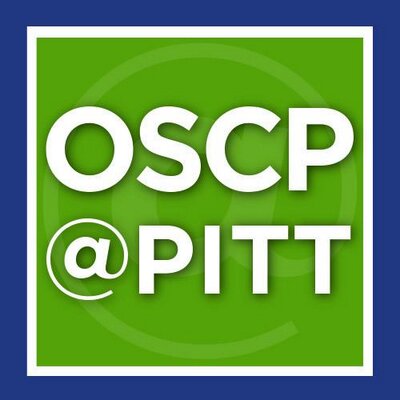Patterson, Alison L.
(2011)
Image to Infinity: Rethinking Description and Detail in the Cinema.
Doctoral Dissertation, University of Pittsburgh.
(Unpublished)
Abstract
In the late 1980s, historian Hayden White suggested the possibility of forms of historical thought unique to filmed history. White proposed the study of "historiophoty," an imagistic alternative to written history. Subsequently, much scholarly attention has been paid to the category of History Film. Yet popular concerns for historical re-presentation and heritage have not fully addressed aesthetic effects of prior history films and emergent imagistic-historiographic practices. This dissertation identifies and elaborates one such alternative historiographic practice on film, via inter-medial study attending to British and American history films, an instance of multi-platform digital historiography, and an animated film - a category of film often overlooked in history film studies. Central to this dissertation is Gilles Deleuze's development of varieties of the Movement Image. Deleuze's Movement Image includes the "discursive image," a form which has not yet broken the coherence of sensori-motor connections between the object perceived and the affective response of the viewer. Related to the "discursive image," I propose that the "descriptive image" can capture what the larger category "representation" and the cinema-specific "spectacle" cannot. Drawing from literary and art-historical conceptions of the differences between "descriptive" and "narrative" forms, I propose that in the history film, the "descriptive image" functions as a meta-critical aesthetic, insisting that viewers perceive naturalized relationships as instead contingent. I argue that, rather than a "mature form" of realism, the "descriptive image" is a form of critical realism. Descriptive images are characterized by: long takes of long shots; the co-presence and co-equivalence of objects; a point of view neither neutral nor attributable to a character; and expressions of scope or forms for framing that assert that the given view is only one view from the set of possible views. Thus I examine exemplary texts that demonstrate a difference between "narrative understanding" and "descriptive understanding." These texts, despite their material differences, similarly present mixed historiographic forms, and enable us to see what studies of history on film, in their interest in re-presentation over presentation, have often missed: "descriptive images" allow us to differentiate the event of the film from an inadequate copy of an historical event.
Share
| Citation/Export: |
|
| Social Networking: |
|
Details
| Item Type: |
University of Pittsburgh ETD
|
| Status: |
Unpublished |
| Creators/Authors: |
|
| ETD Committee: |
|
| Date: |
30 June 2011 |
| Date Type: |
Completion |
| Defense Date: |
23 February 2011 |
| Approval Date: |
30 June 2011 |
| Submission Date: |
14 April 2011 |
| Access Restriction: |
No restriction; Release the ETD for access worldwide immediately. |
| Institution: |
University of Pittsburgh |
| Schools and Programs: |
Dietrich School of Arts and Sciences > English |
| Degree: |
PhD - Doctor of Philosophy |
| Thesis Type: |
Doctoral Dissertation |
| Refereed: |
Yes |
| Uncontrolled Keywords: |
Barry Lyndon; Costume Drama; Illustrated History; Kubrick; Landscape Film; Lawrence of Arabia; McCay; Passage to India; Sinking of the Lusitania; Visual Description; Baroque; Deleuze; Greenaway; History Film; Lean; Ryan's Daughter; Movement Image |
| Other ID: |
http://etd.library.pitt.edu/ETD/available/etd-04142011-072549/, etd-04142011-072549 |
| Date Deposited: |
10 Nov 2011 19:37 |
| Last Modified: |
15 Nov 2016 13:40 |
| URI: |
http://d-scholarship.pitt.edu/id/eprint/7169 |
Metrics
Monthly Views for the past 3 years
Plum Analytics
Actions (login required)
 |
View Item |








